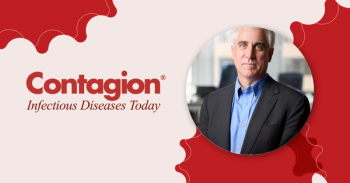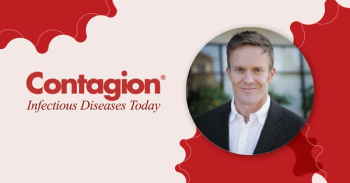
When Climate Change Gets Personal: The Expanding Threat of Mosquito Habitats
As someone who lives with the long-term effects of chikungunya, Camillo Mora PhD, sees the expanding habitat of mosquitos and is concerned more people will be exposed to vector-borne illnesses and deal with not only the acute phases of these viruses but also the possibility of long-term health effects they can present.
For me, climate change is personal. I live with the long-term health effects of chikungunya, contracted when an infected mosquito bit me while visiting family in my native Colombia—back in 2014.
The residual chronic joint pain that I live with years after the initial infection is the embodiment of pain as an invisible disability. While most people eventually recover from their chikungunya symptoms I was one of the unlucky ones who did not. Similar to what we’re learning about long-term COVID, long-haul chikungunya is not unheard of, but it’s not exactly common. Unfortunately, at the time of my infection I was not alone in contracting the disease. As is often the case, I was just one of the many in my town affected by this outbreak.
Through my work as a professor of data analytics for the University of Hawaii, I had the unique opportunity recently to lead a team in analyzing the full extent of climate change on human pathogenic diseases. Our results, published in
In October, the Lancet published its 2022 report of the
I’ve since learned that people like me—those returning home to visit friends and family—can be some of the hardest to reach when it comes to infectious disease education. What might be viewed as foreign threats by other travelers are just a part of the backdrop of the familiar comforts of home. A mosquito was never anything to be worried about.
With the looming threat of climate change in mind, what can healthcare providers do to prevent the next infectious disease outbreak?
Attack the problem on two fronts: near-term and long-term.
Near-term prevention measures include appropriate patient counseling and active referrals to Travel Health Specialists. We need to encourage patients to proactively protect themselves from mosquitoes. This includes bringing mosquito repellent, wearing long sleeves (when possible), and taking available medications and travel vaccines (if appropriate) ahead of their next trip to a warm-weather destination. We also need to emphasize to patients the importance of meeting with a Travel Health Specialist for a pre-travel consult, prior to their next trip abroad. This pre-travel meeting needs to become a routine part of the travel planning process.
In the long-term, healthcare providers can lend a unique perspective to the fight to stem the damage of ongoing greenhouse gas emissions that lead to climate change. Warming environments make hospitable environments for bacteria, viruses and fungi that don’t need a vector like a mosquito to move from human to human. We can, and should, each play our part to help illustrate the real-world impact of climate change in terms of the growing threat of infectious disease. While the data is worrisome, I refuse to believe that losing the fight to save our planet and to prevent the next infectious disease outbreak, is a forgone conclusion.
Newsletter
Stay ahead of emerging infectious disease threats with expert insights and breaking research. Subscribe now to get updates delivered straight to your inbox.























































































































































































































































































